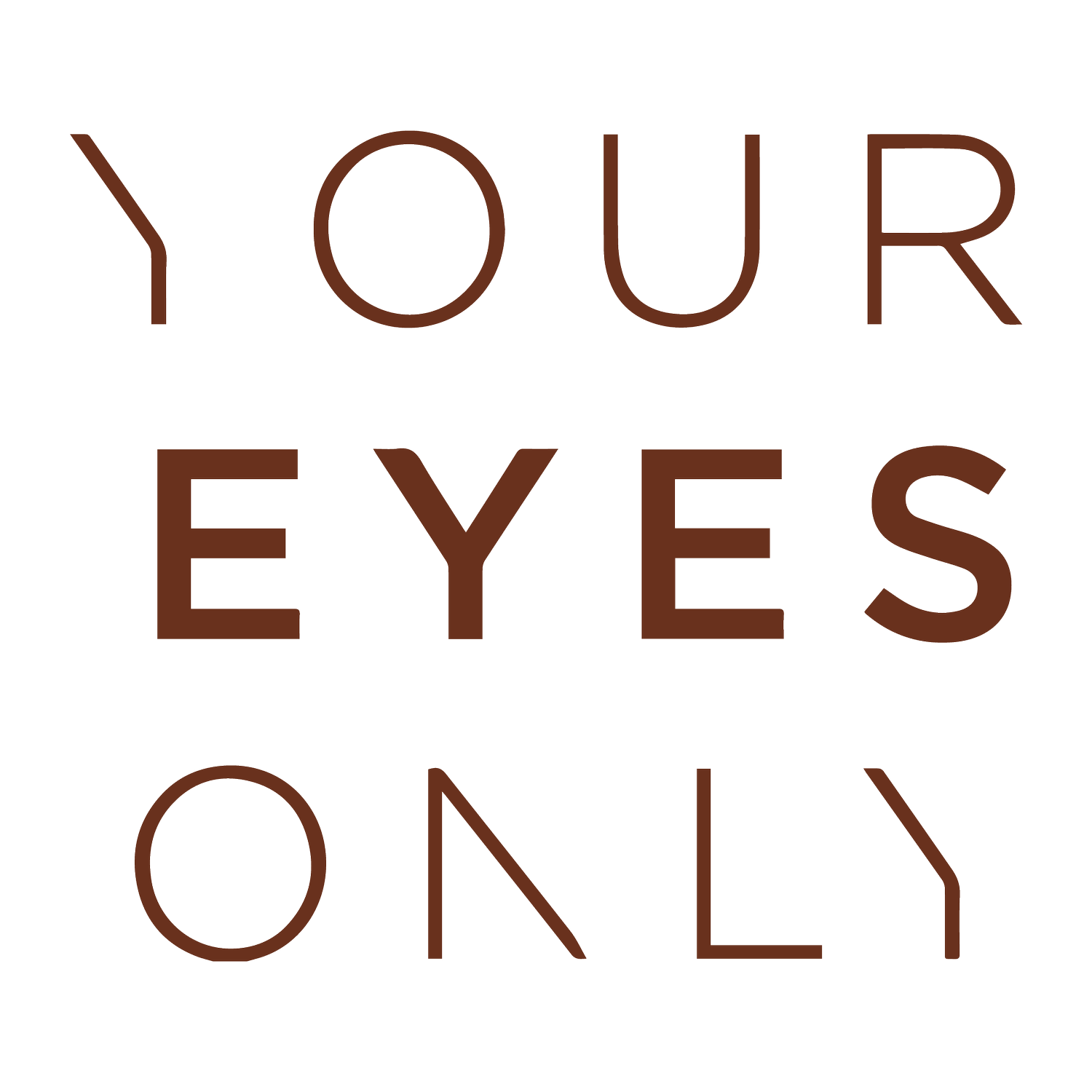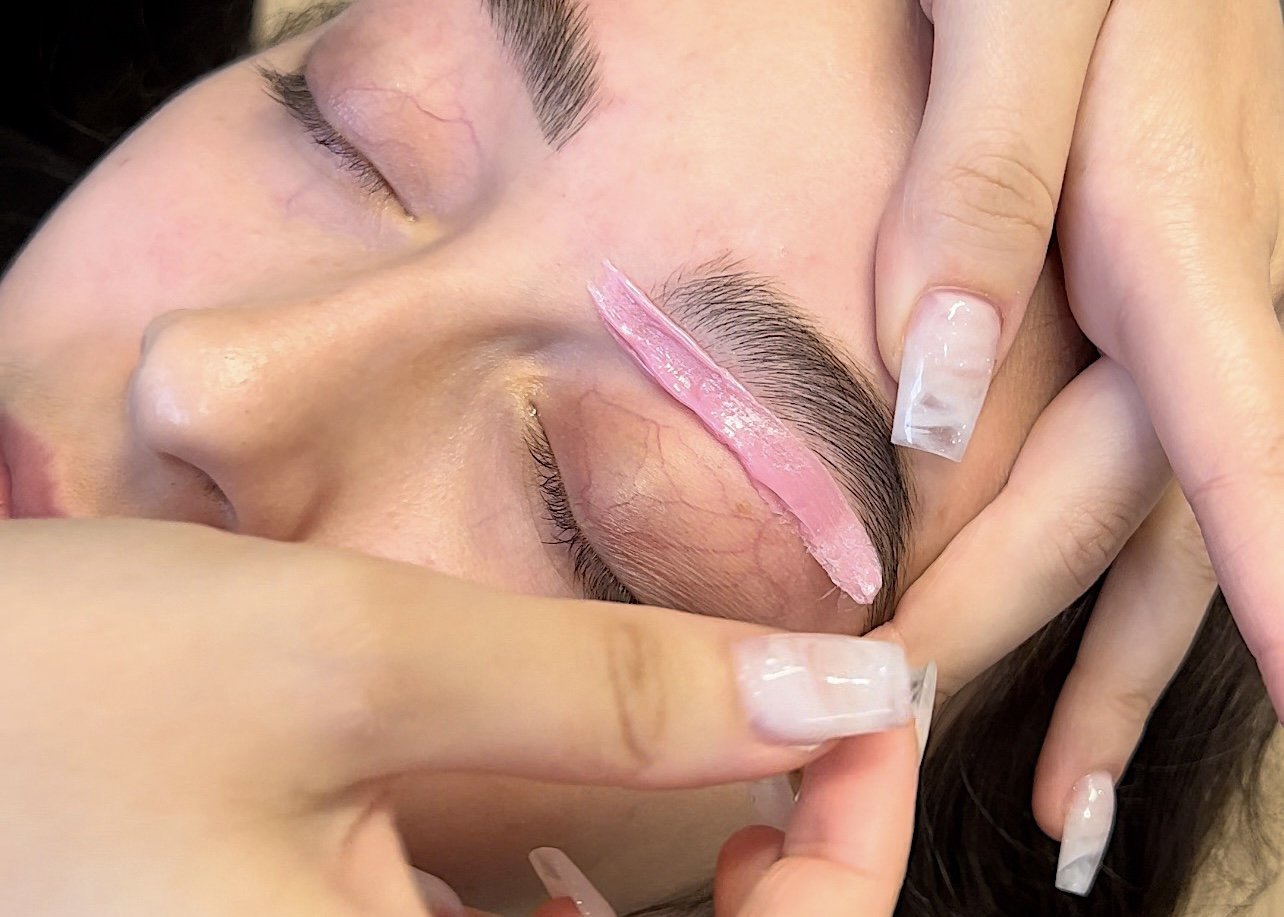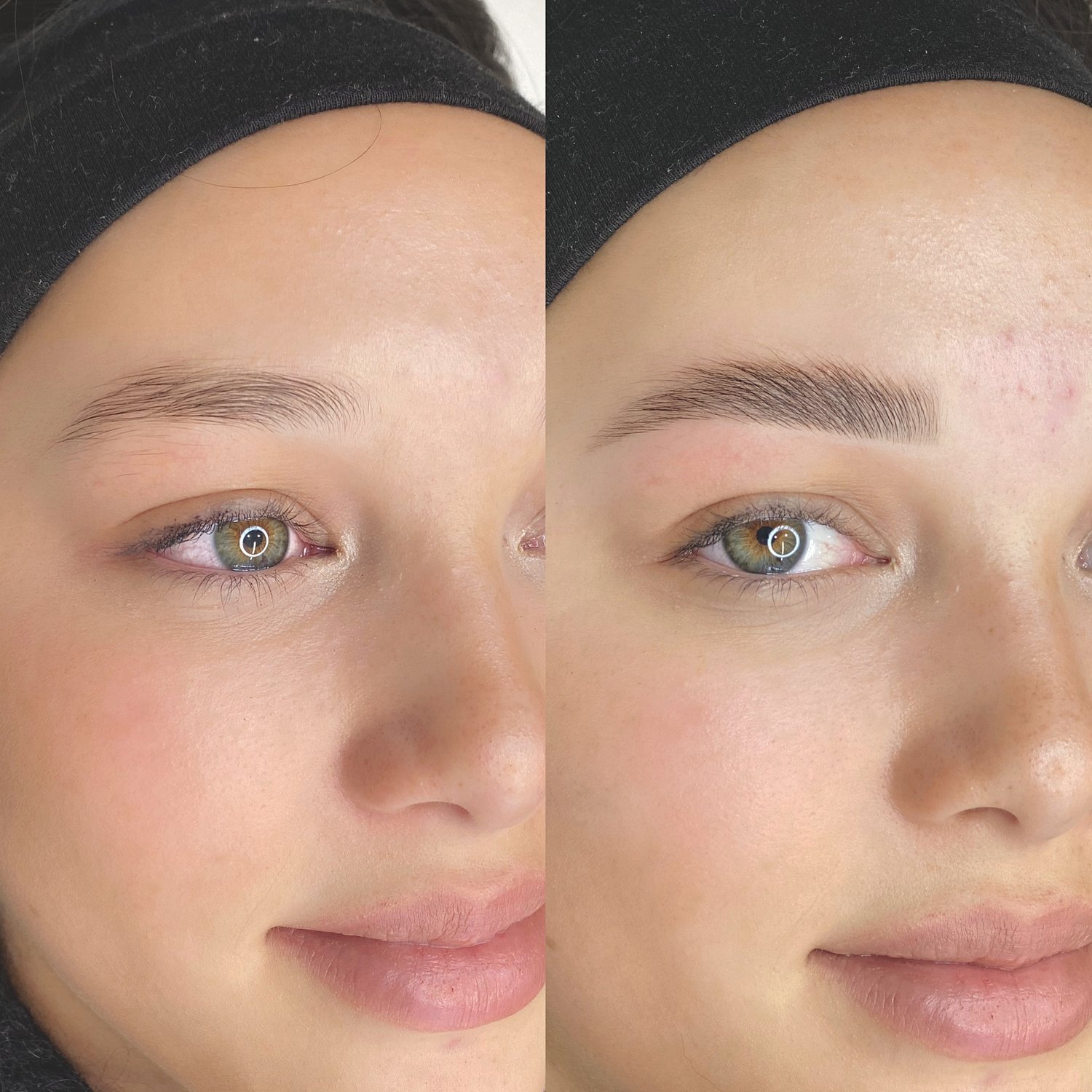Why Vitamin A is Bad for Brows and Waxing
As the use of retinol becomes more common in our skincare, the importance of letting your brow stylist know is crucial. Many people don’t understand how the ingredient can make changes to their skin and affect their waxing experience. Retinol and Waxing a two treatments that just don’t mix and here’s what you need to know and do prior to getting your brows done.
the easiest way for us to navigate your treatment before we wax your eyebrows, is to know what strength of retinol vitamin A, is first to explain the different strengths of retinol.
We have broken down the strength into three main categories -
Over the counter products - are typically retinoid esters (retinyl palmitate, retinyl acetate, and retinyl linoleate. If the bottle doesn’t specify the percentage of retinol, that usually means it’s a lower amount. Retinol comes in multiple strengths; the most common are 1%, 0.5%, .0.3% and 0.25%.
The two lowest grade strengths you need to avoid using seven days prior to your waxing appointment, and a test patch must be done before waxing your brows, lip or face to ensure that you can go ahead with waxing. The two higher percentages, we typically cannot wax your brows.
Prescribed retinol - The next step up is clinical retinal which is also known as tretinoin, this works significantly faster than retinol since no conversion in the skin needs to take place. Retinoic acid (retin-A, or tretinoin)Tretinoin gel, cream, or lotion requires a prescription.
You must not get waxing if you are using these ingredients, and let us know prior to your appointment.
Isotretinoin better known as Accutane/Roaccutane - oral medication that’s prescribed for severe forms of acne and requires close supervision by a doctor.
Again - You absolutely must not get waxing if you are using these ingredients, and let us know prior to your appointment. You can typically resume waxing after 6-12 months after completion of this mediation, depending on the strength you were taking.
Here’s why
Retinol and tretinoin both thin the stratum corneum, what happens when we wax is the skin the wax not only sticks to the hair but also to the skin (regardless of what temperature the wax), so if you are using retinol, the wax will adhere to skin cells it’s not designed for, as the wax is removed, it may take the top layers of skin off, causing a skin lift.
Is a skin lift a burn?
Technically in this case no, a burn, would be felt instantly. It removed a few cell layers, but it was too much for their skin, and it became painfully exposed, it looks like a burn, but it’s more of a rug burn: The top layer of skin was removed. Although you may feel like your waxing is slightly more painful, a lot of clients may not know they have skin lifted until later that day or even the following day.
Since waxing can remove not only hair but skin, you should proceed with caution when waxing while on retinol, Remember the epidermis is only about 10-30 cell layers thick! If you remove some of these cell layers, you can expose very sensitive skin that’s underneath. If the skin is thinned even more by the use of resurfacing agents like retinol.
If any of your skincare changes, and you begin to use the above ingredients, please let us know and we will adjust your service and opt for tweezing instead.



